Keeping valuable items and sensitive documents safe is now essential for many. Cabinet security is a key home solution today.
Locking cabinets is crucial for protecting important papers, keeping medications out of kids' reach, or safeguarding collectibles. Yet, many overlook this simple yet effective step.

This guide will teach you all about securing your storage furniture. You'll learn about different locks, from simple keys to high-tech electronic ones.
We'll look at various cabinet types and their security needs. This info is great for DIY fans and those serious about security.
By the end, you'll know the best lock for your needs. You'll also get tips on how to install and maintain your locks for lasting security.
Understanding Cabinet Security Needs
Cabinet security isn't a one-size-fits-all solution. It needs a careful look at your unique situation. Every home and office has different valuables and threats. A detailed security assessment helps pick the right lock for your needs.
The items you store affect your security needs. Prescription meds need different protection than office supplies. Important documents must be safe from theft and fire.
Assessing Your Security Requirements
Begin by making a list of what you're protecting. Include valuable items, sensitive documents, and dangerous materials. Think about who regularly accesses these areas.
Consider your threat level. Do you live in a high-crime area? Are there young children at home? Do you store firearms or controlled substances? These factors greatly impact your cabinet safety needs.
"The best security system is the one that matches your actual risk level, not your perceived fears."
Common Cabinet Vulnerabilities
Most cabinets have weak spots that criminals target. Thin door panels can be broken or pried open. Standard hinges use short screws that pull out under pressure.
Poor lock placement is another weakness. Locks near door edges are easier to bypass. Glass panels in cabinet doors offer no real security against determined intruders.
Many overlook the cabinet frame itself. A strong lock on a weak frame is not secure.
Legal and Insurance Considerations
Some items must be stored securely by law. Many states require locked storage for firearms when children are present. Controlled medications must be secured in healthcare facilities.
Insurance policies often have security requirements for coverage. Your homeowner's policy might require certain protection levels for jewelry or important documents. Always check your policy before making security decisions.
Professional liability is also a concern for businesses. Employers must secure employee records and sensitive client information to avoid legal issues.
Types of Cabinet Locks Available
The market today has many cabinet lock options for different needs. Knowing about these helps you choose the best for your items. Each type has its own benefits and how it's installed.
Cam Locks
Cam locks are a top pick for office furniture and filing cabinets. They have a rotating cam that locks doors with a key turn.
Standard Cam Lock Features
Basic cam locks are easy to use and affordable. They have a cylinder body, cam, and key system. They're good for places with low security needs.
Installing them is simple. You just need to drill one hole in the door. The lock fits right in, making it easy for DIY projects.
High-Security Cam Lock Options
Advanced cam locks have special cylinders and keyways. They're made of hardened steel to stop drilling and tampering.
These locks also have master keys and key control systems. They're perfect for places that need strict access control.
Deadbolt Cabinet Locks
Deadbolt locks offer top-notch protection. They extend a solid bolt into the frame, making them hard to break into.
They need more work to install than other locks. But, they're great for keeping things safe, like guns or important documents.
Magnetic Cabinet Locks
Magnetic locks use strong magnets that open with keys or remotes. They look clean and don't show any hardware on the outside.
They're great for keeping kids safe and for modern kitchens. The magnets work well and keep the look of your cabinets.
Electronic and Smart Cabinet Locks
Electronic locks are the latest in security. They have keypads, biometrics, and can connect to phones.
Smart locks keep track of who opens them and when. This is useful in places that need to monitor access closely.
| Lock Type | Security Level | Installation Difficulty | Average Cost Range |
|---|---|---|---|
| Standard Cam Lock | Basic | Easy | $10-$25 |
| High-Security Cam | High | Easy | $40-$80 |
| Deadbolt Cabinet | Maximum | Moderate | $30-$60 |
| Magnetic Lock | Moderate | Moderate | $25-$50 |
| Electronic/Smart | High | Complex | $75-$200 |
Choosing the right lock depends on what you need, your budget, and how easy it is to install. Each type has its own purpose and level of protection.
Essential Tools and Materials for Installation
Starting a cabinet security project means first getting the right installation tools and materials. Having the correct equipment is key for a professional job. Quality tools help avoid damage to your cabinet hardware.

Basic Hand Tools Required
For a successful lock installation, you need a basic set of hand tools. A power drill with variable speed is essential. You'll also need Phillips and flathead screwdrivers in different sizes.
Drill bits are crucial for making precise holes. You'll need 1/8-inch, 1/4-inch, and 3/8-inch bits for most locks. Keep extra bits ready since materials can dull them fast.
Measuring and Marking Equipment
Getting accurate measurements is vital to avoid mistakes. A 25-foot measuring tape works well for most projects. A carpenter's level ensures your lock is installed correctly.
Use sharp pencils and center punches for exact hole placement. Many makers provide templates, but having extra measuring tools is wise.
Safety Equipment and Protective Gear
Don't forget about safety during installation. Safety glasses protect your eyes from debris. Work gloves help you grip and protect your hands from cuts.
A dust mask is needed when drilling through certain materials. Keep a shop vacuum ready to clean up and avoid lock mechanism issues.
| Tool Category | Essential Items | Typical Cost Range | Quality Level |
|---|---|---|---|
| Hand Tools | Power drill, screwdrivers, drill bits | $30-$80 | Professional grade recommended |
| Measuring Equipment | Tape measure, level, pencils | $15-$35 | Standard quality sufficient |
| Safety Gear | Safety glasses, gloves, dust mask | $10-$25 | ANSI certified preferred |
| Hardware | Extra screws, backup drill bits | $5-$15 | Match lock specifications |
How to Lock a Cabinet: Step-by-Step Installation Process
Locking a cabinet starts with a careful installation process. This ensures your cabinet stays safe for a long time. You need to prepare well, measure right, and pay attention to every detail.
Getting it right takes patience and the right steps from start to end. This way, you get professional results.
Preparing Your Cabinet for Lock Installation
First, clean your cabinet well and remove old hardware. Check if the cabinet needs extra support. Take out everything inside to work freely.
Look for any damage on the door and frame. A solid base is key for good cabinet protection. Fix any problems before you start installing the lock.
Measuring and Marking Lock Placement
Use the lock maker's guide to mark where the lock goes. Think about how the door swings and where other hardware is. Mark the middle with a pencil.
Double-check your measurements before making any marks. The lock should be where it's most secure but still easy to get to. Make sure your marks match the template.
Selecting the Correct Drill Bit Size
Pick drill bits that fit your lock perfectly. Most locks need specific hole sizes for security. The wrong size can ruin the whole job.
Start with small pilot holes and then go bigger. This helps avoid splitting the wood and makes clean holes. Have extra drill bits ready, just in case.
Installing the Lock Mechanism
Start by following the lock maker's instructions carefully. Each lock is different, so follow the specific steps. Take your time to avoid mistakes.
Drilling Pilot Holes
Drill small pilot holes at your marks with a smaller drill bit. These holes help prevent the wood from splitting. Drill slowly and steadily.
Here's a good drilling order:
- Start with a 1/8-inch pilot hole
- Then, go to 1/4-inch
- Finish with the final size
- Remove wood shavings between each step
Mounting the Lock Body
Put the lock body through the hole, making sure it's flush. It should fit well without gaps. Line up the cam with the strike plate.
Use the screws to secure the lock body. Tighten them evenly to avoid problems. Test the lock and make any needed adjustments.
Final Assembly and Testing
Finish by installing all parts as the maker says. Put the strike plate on the frame. Make sure everything fits right.
Test the lock from both sides. It should work smoothly. The door should open and close easily.
Do these checks for good cabinet protection:
- Test the key in both directions
- Check the door's alignment and closing
- Make sure the lock works fully
- Ensure the door can't be opened when locked
Securing Different Cabinet Types
Every cabinet has its own role, needing special locks that fit its use and setting. What's inside, how often you need to get to it, and where it is all play a part in choosing the right lock.
Kitchen Cabinet Security Solutions
Kitchen cabinet locks are all about keeping kids safe and protecting valuable or harmful items. Magnetic locks are the top pick for kitchens because they're hidden inside the doors.
These locks let adults in easily but keep kids out of cleaning supplies and sharp objects. Kitchen cabinet locks need to handle daily use and sometimes getting wet. Spring-loaded latches are another safe option for adults that don't need keys or tools.
Office Filing Cabinet Locks
Filing cabinet security is about keeping documents safe and controlling who can access them. Cam locks are the go-to for most business needs because they're reliable and easy to replace.
For extra security, offices might use locks with special keyways and audit trails. As one expert says,
"Document security isn't just about the lock – it's about controlling who has access and when they use it."
Medicine Cabinet Safety Locks
Medicine cabinet safety is about keeping kids safe and controlling access to medicines. Laws in many places require specific storage for prescription drugs.
These locks often have features that show if someone has tried to open them. They also need to fit different sizes of bottles and medical items. Electronic locks with logs are the safest choice for homes with medicines.
Workshop and Utility Cabinet Security
Workshop cabinets need strong locks to protect valuable tools and dangerous materials. These spaces require locks that can stand up to weather, dust, and tampering.
Deadbolts are good for tool storage, and combination locks are great for shared spaces because they don't need keys. Outdoor utility cabinets need seals to keep out weather and materials that won't rust.
Advanced Security Measures and Reinforcement
Going beyond just locks, advanced security turns cabinets into strongholds. These steps tackle threats that simple locks can't handle. Experts suggest using a mix of strong structures and the latest tech.

Reinforcing Cabinet Doors and Frames
Locks don't help if the cabinet itself is weak. Reinforcement starts with making doors and frames stronger. Adding steel backing plates helps materials that are thin.
Using non-removable pins in heavy-duty hinges stops doors from being pulled open. Strike plates with 3-inch screws dig deep into walls, holding tight. These changes make a solid base for your lock's strength.
Installing Multiple Lock Points
One lock is not enough against determined intruders. Advanced security uses locks in different spots on the door. This spreads out the force and makes it harder to break in.
Pairing cam locks with deadbolts adds extra security. Magnetic locks work quietly but are just as strong. Each lock point makes it harder for someone to get in.
Integrating with Home Security Systems
Today's locks can connect to home security networks. Smart sensors alert you to any attempts to get in. You get a text on your phone right away, no matter where you are.
These systems keep a record of who's accessed your cabinets. They can also turn on cameras and motion sensors when someone tries to open a cabinet. This is great for businesses and homes that need to keep records.
Budget Considerations and Cost-Effective Options
Choosing smart cabinet security doesn't have to break the bank. Today, you can find affordable options for every budget. This means you can keep your valuables safe, no matter how much you spend.
Basic Protection Under $20
For everyday needs, entry-level locks are a great choice. Simple cam locks and magnetic child safety devices work well for kitchen cabinets and storage. They use standard keys and are easy to install.
Hardware stores have many quality locks in this range. They might not have all the bells and whistles, but they're good for protecting moderate-value items.
Enhanced Security Between $20-75
Mid-range locks offer better protection and last longer. They have pick-resistant cylinders, hardened steel, and better weather resistance. The extra quality is worth the cost, with longer warranties and better performance.
This range is perfect for most homes. You get top-notch security without spending too much.
Premium Protection Above $75
Premium cabinet locks use the latest tech and materials. They include restricted keyways, drill-resistant parts, and electronic features. They might cost more, but they offer the best security for important items.
Spending on premium locks is wise for protecting valuable documents, medications, or sensitive materials.
Lock Maintenance and Troubleshooting
Keeping your cabinet lock in good shape is key to security and longevity. Experts say regular care stops costly fixes and keeps you safe. Lock maintenance is the base of strong cabinet security.
Regular Maintenance Procedures
For security maintenance, check and clean your locks often. High-use locks need a check every three months. Home locks should be checked yearly. This way, you catch problems early.
Cleaning and Lubrication Schedule
Clean your locks with compressed air every six months. Be gentle when cleaning the keyway and mechanism. Use graphite or lock oil but a little bit.
Stay away from oils that attract dirt. Clean places might need less upkeep. But, dusty areas need more frequent cleaning.
Key Management Best Practices
Keep spare keys in safe spots but easy to find. Don't force your keys. If keys feel rough, fix it right away.
Mark your keys clearly but don't say where they go. Replace old keys before they break.
Common Problems and Solutions
Knowing common issues helps you fix small problems before they get big. Most issues have easy fixes. But, for complex problems, get a pro.
Stuck or Jammed Lock Mechanisms
Most jams come from dirt. Start with compressed air. If that doesn't work, use a bit of oil.
Worn parts might need a pro. Never push a stuck key hard, as it can break.
Key and Lock Alignment Issues
Settling and worn hinges can mess with alignment. Adjust the strike plates. Seasonal changes can also affect the lock's position.
When to Replace Your Cabinet Lock
Get a new lock if it's worn, breaks often, or shows signs of tampering. Key breaks mean something's wrong inside. You might need a new lock if your security needs change.
Experts can help decide if you should fix or replace your lock. Think about how old it is, how much you use it, and the current threats.
| Maintenance Task | Frequency | Tools Required | Expected Duration |
|---|---|---|---|
| Basic lock maintenance cleaning | Every 6 months | Compressed air, soft brush | 10-15 minutes |
| Security maintenance lubrication | Annually | Graphite lubricant, applicator | 5-10 minutes |
| Lock troubleshooting inspection | As needed | Flashlight, magnifying glass | 15-20 minutes |
| Key alignment check | Quarterly | Level, measuring tape | 5-10 minutes |
Making Your Cabinet Security Investment Count
Choosing the right lock for your cabinet is key. It should match your needs and budget. Installing the lock is easy if you prepare well and use the right tools.
Keeping your cabinets secure means regular upkeep and checks. Basic magnetic locks are great for keeping kids out. But, electronic locks are better for businesses.
For high-end cabinets or complex locks, get a pro. But, most standard locks can be installed yourself. Just follow the instructions from the maker.
Security isn't just about installing locks. Clean, oil, and test them often. Replace parts that wear out to keep them working.
Think about what's in your cabinet when picking locks. Important papers need strong locks. Cabinets with dangerous stuff need the strongest locks.
If you're watching your budget, simple locks or magnets can work. Offices can use locks that open with a key, making things easier for staff.
Begin by figuring out what you need. Measure your cabinets and decide what needs protection. Pick the right locks. Good planning helps avoid problems and makes your investment worth it.
FAQ
What type of cabinet lock is best for kitchen cabinets with children in the home?
Magnetic cabinet locks are top picks for keeping kids safe in kitchens. They're invisible after you install them. They don't mess up your cabinet's look and keep things safe while letting adults in easily.
They're great for kitchens where cabinets get opened a lot.
How much should I expect to spend on a quality cabinet lock?
Prices for cabinet locks vary a lot. Basic locks and magnetic child safety locks cost less than $20. They're good for simple needs.
Mid-range locks ($20-75) have better features like pick-resistant cylinders. High-end locks ($75-300 or more) have the most advanced security for valuable items.
Can I install a cabinet lock myself, or do I need a professional?
You can install most cabinet locks yourself with basic tools. You'll need a screwdriver, a drill, and a measuring tape. But, if you have expensive cabinets or need complex locks, get a pro.
What tools do I need to install a cabinet lock?
You'll need screwdrivers, a drill, a measuring tape, and a level. Don't forget safety glasses and gloves. Some locks come with installation guides, but having extra tools helps avoid mistakes.
How often should I maintain my cabinet locks?
Check your locks every quarter if they're used a lot. For regular homes, do it once a year. Clean them with compressed air and use graphite or special lock lubricants. Don't use oil-based lubricants as they attract dirt.
What's the difference between cam locks and deadbolt cabinet locks?
Cam locks have a rotating cam and are common for office furniture. They offer basic to high security. Deadbolt locks are better for valuable storage because they extend a solid bolt into the frame. They need more work to install.
Are electronic cabinet locks worth the investment?
Electronic locks have cool features like keypads and smartphone access. They're great for businesses but might be too much for homes. Think about your needs and budget before choosing.
How do I know when it's time to replace my cabinet lock?
Replace your lock if it's worn out, doesn't work well, or if you need better security. If it's damaged or shows signs of tampering, replace it right away. A pro can tell you if it's time for a new one.
What legal requirements exist for cabinet security?
Laws about cabinet security vary by place and what you store. Some states require safe storage for guns and drugs. Insurance and some jobs also have rules. Check your local laws and insurance to follow the rules.
Can I use the same key for multiple cabinet locks?
Yes, many locks can use the same key or be part of a master key system. This is handy in offices or homes with many cabinets. But, losing a key means all locks are at risk. A locksmith can help set up the right system for you.
What should I do if my cabinet lock gets stuck or jammed?
Stuck locks might need cleaning or lubrication. Try using compressed air and graphite. Don't force it, as it can break the lock. If it still doesn't work, a locksmith can help without making it worse.
How can I reinforce my cabinet security beyond just installing a lock?
To add more security, strengthen cabinet doors and frames with steel. Use special hinges and install more locks. You can also connect them to your home's security system. This makes your cabinets very secure.
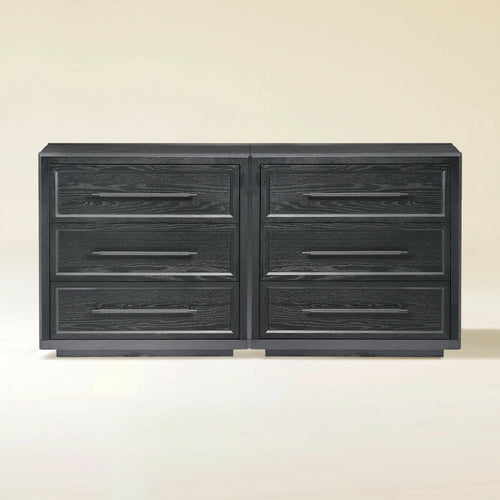

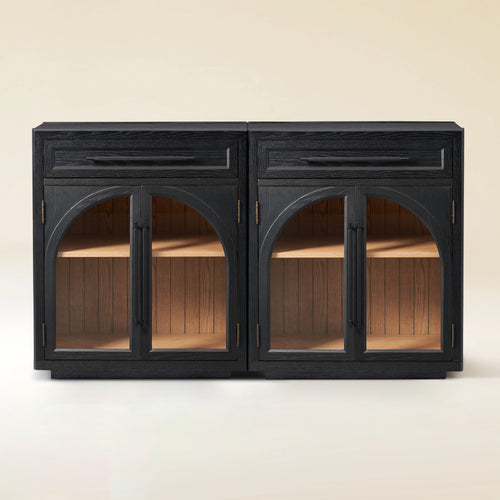
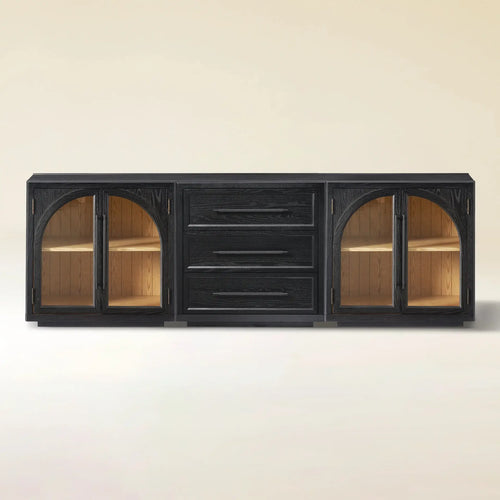
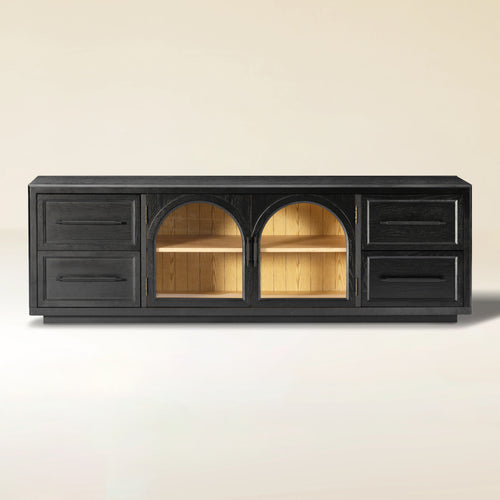
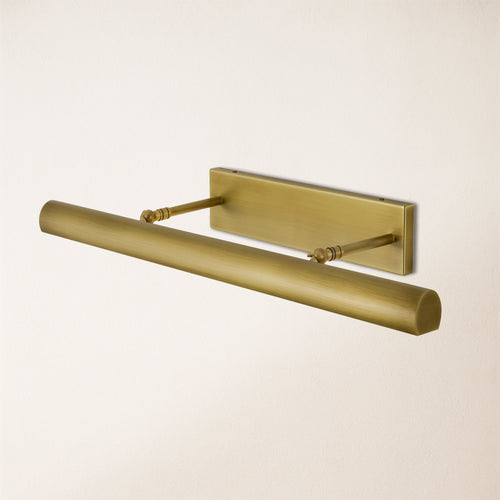



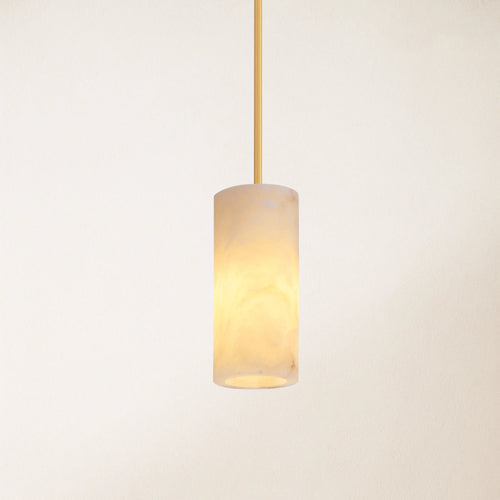
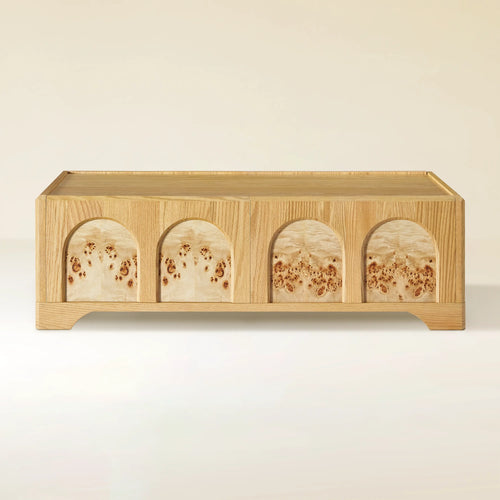
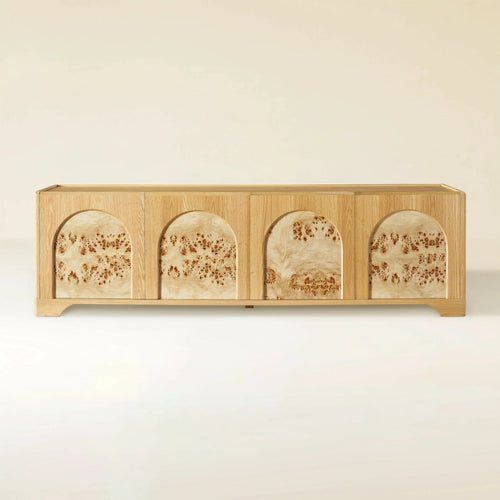
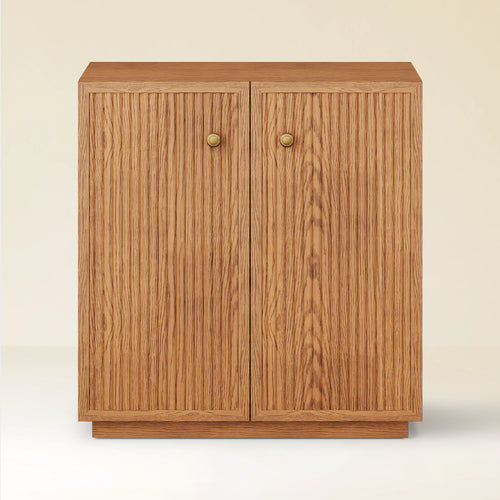
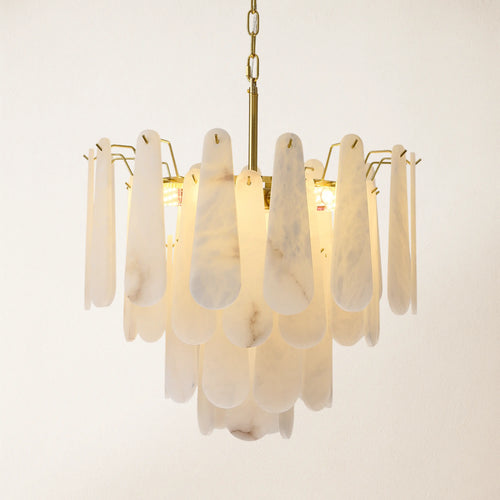
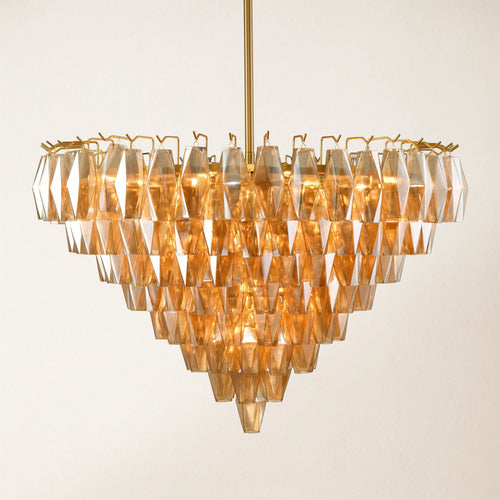
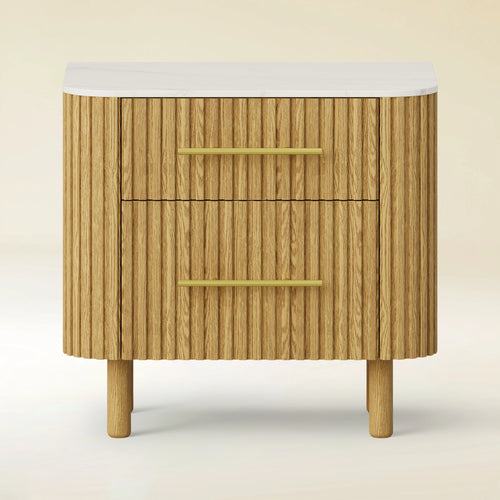
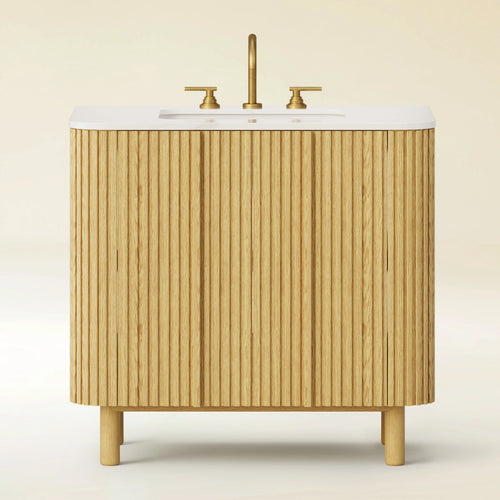
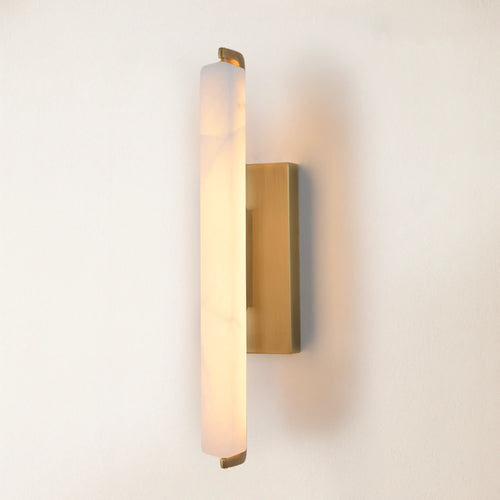
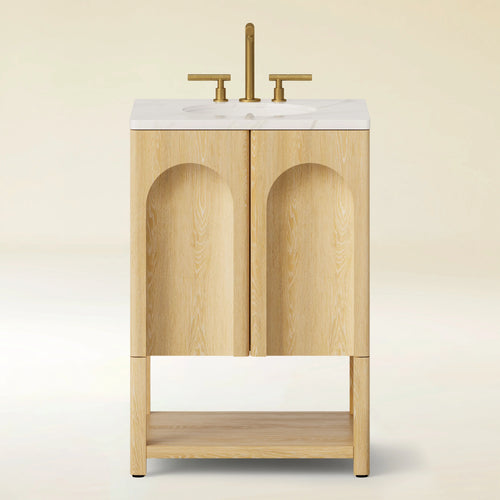
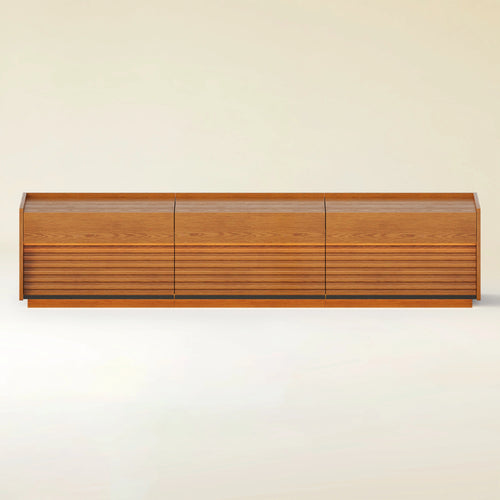
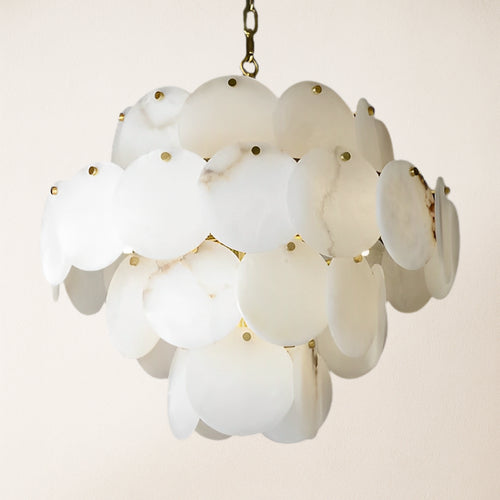
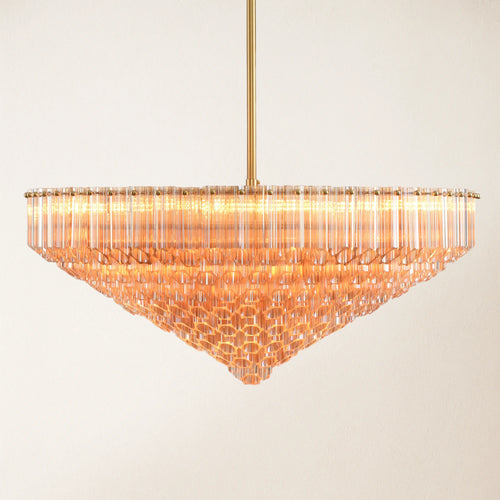
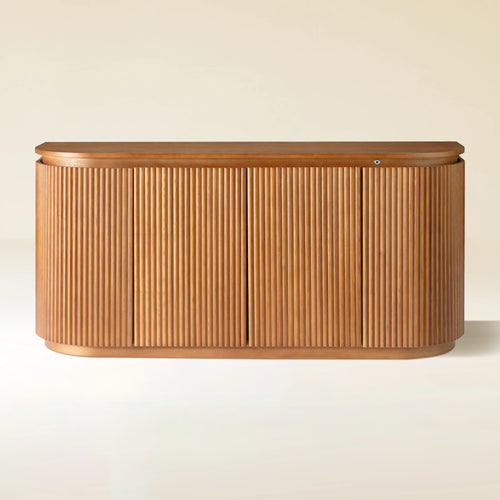
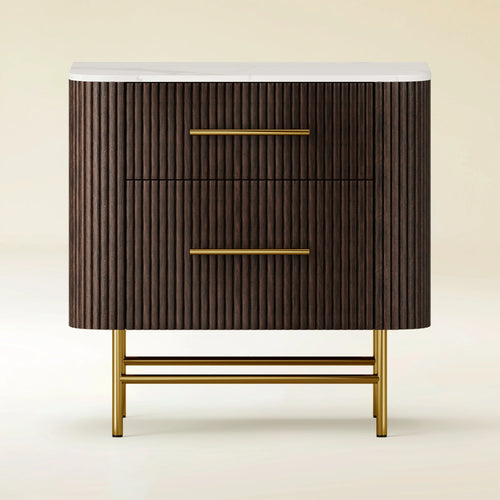
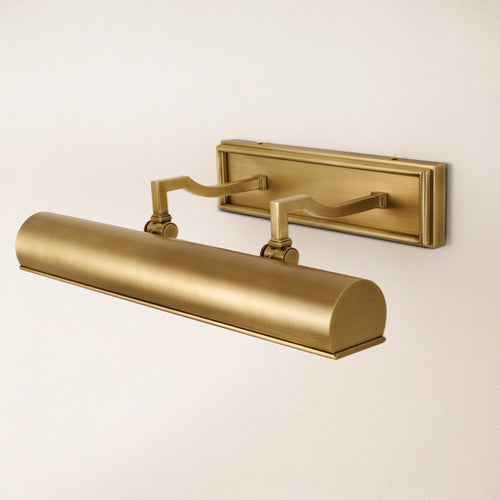
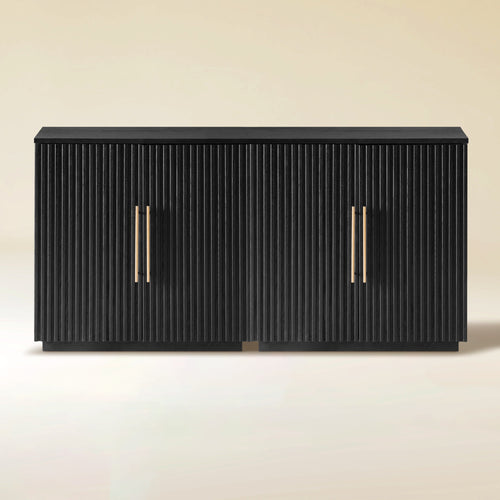
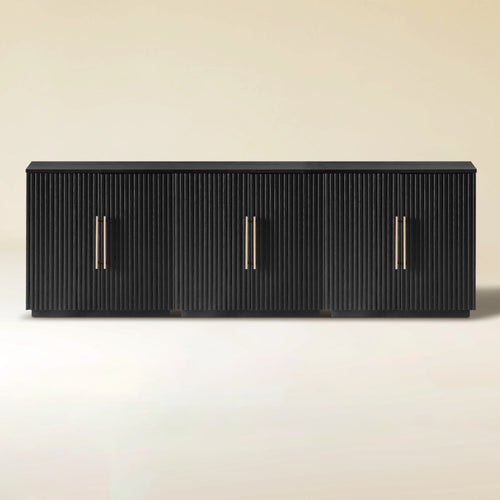
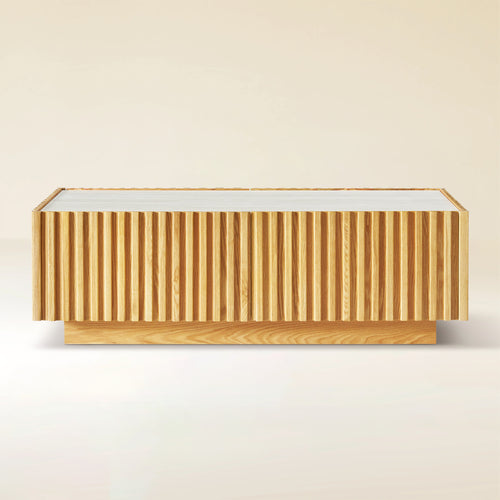
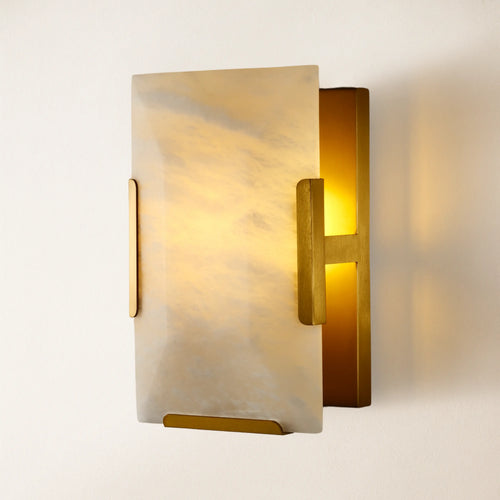
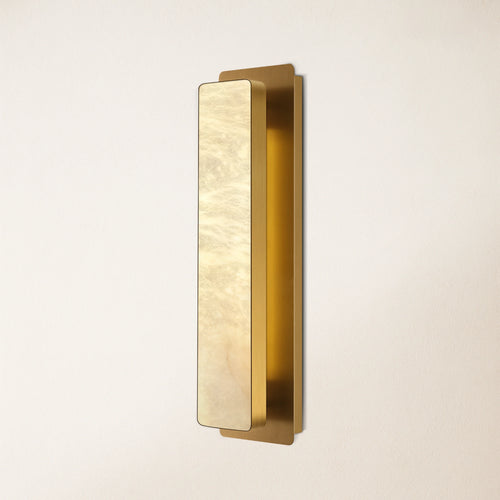
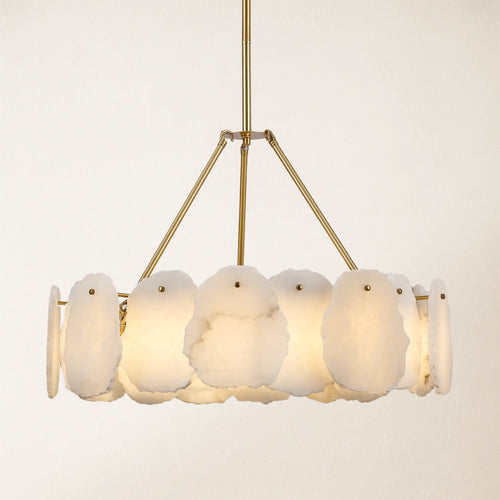
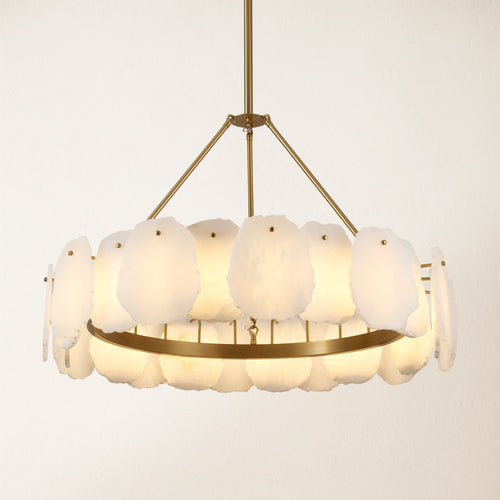
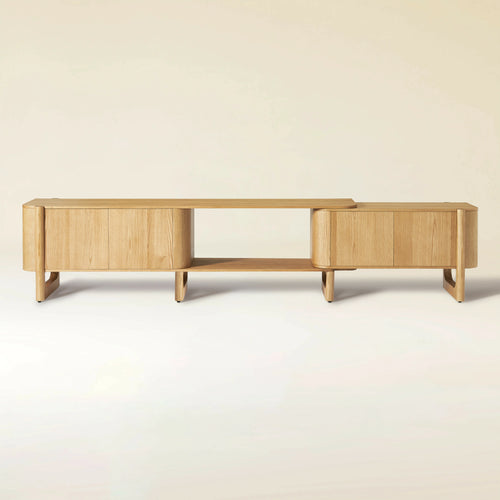
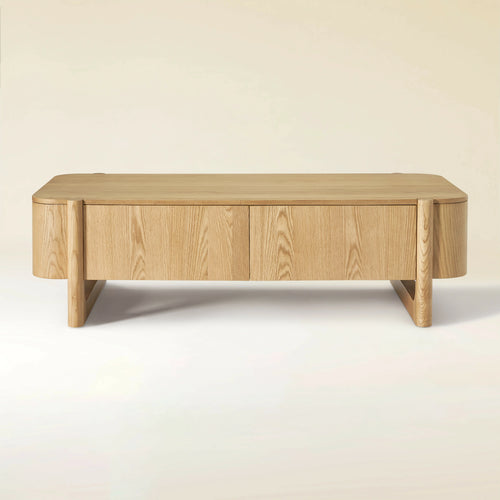
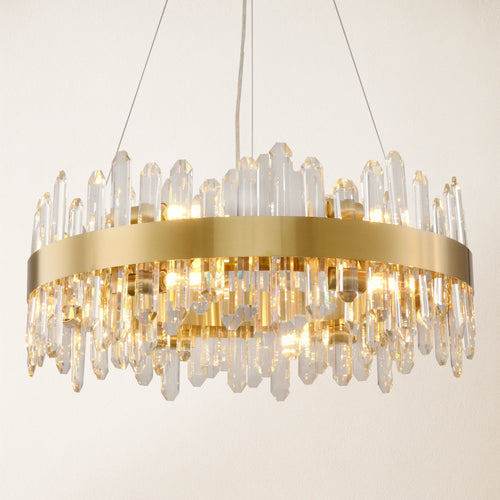
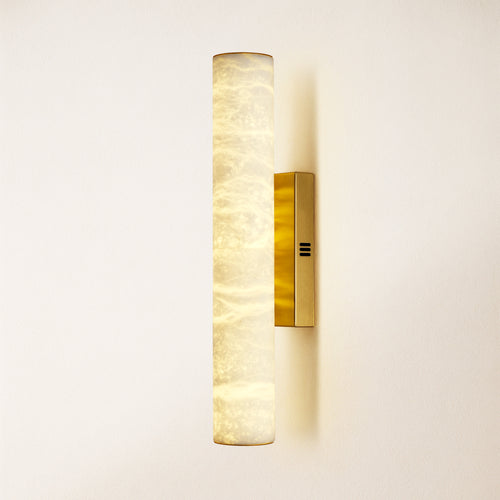
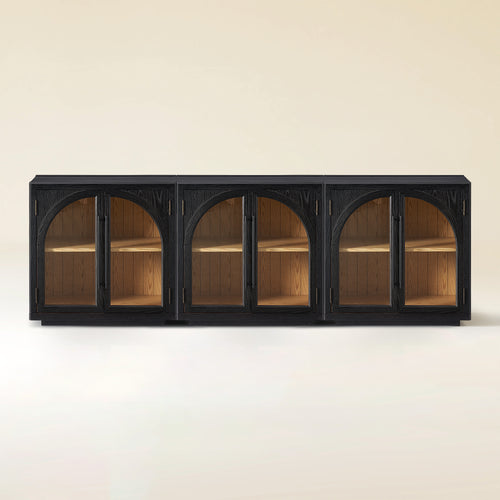
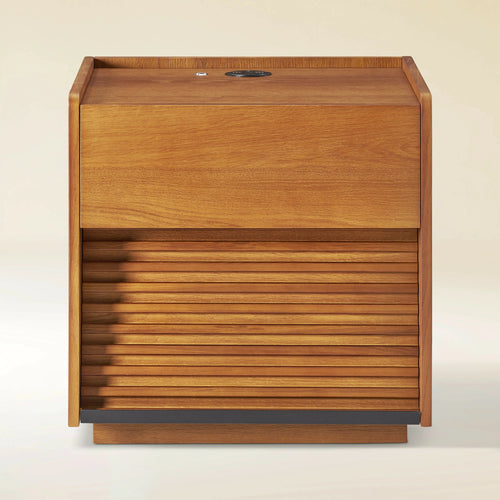
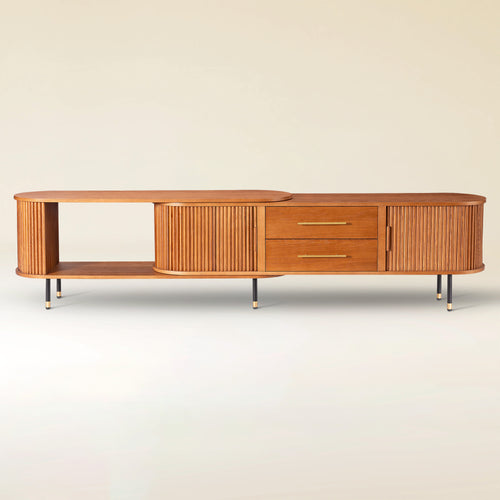
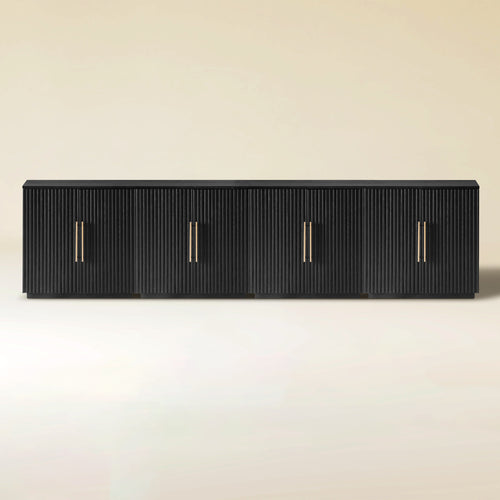
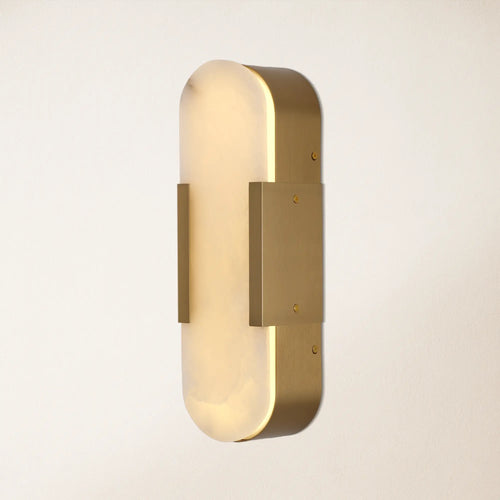
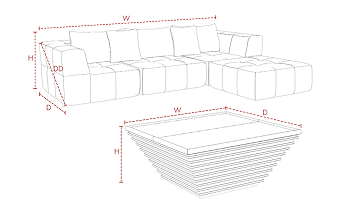
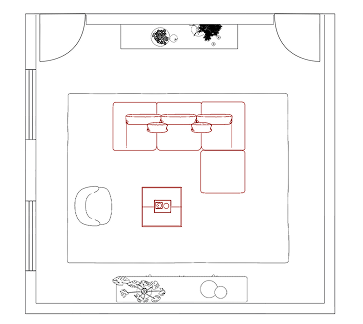
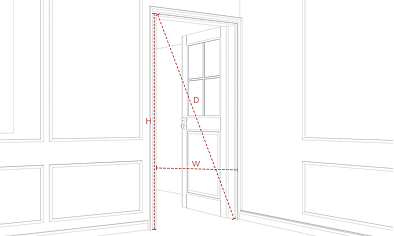
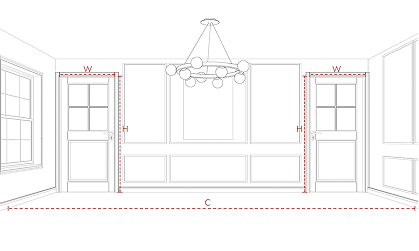
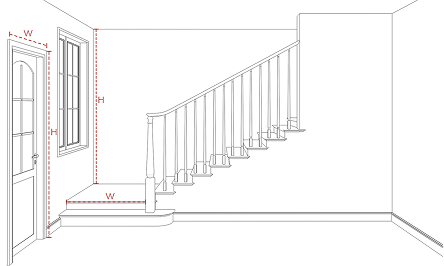
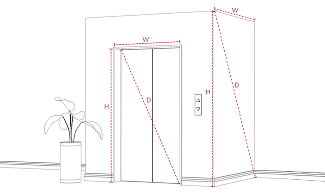
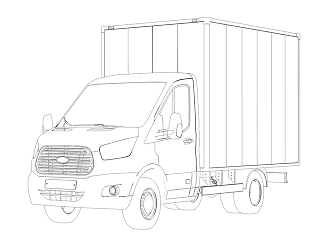












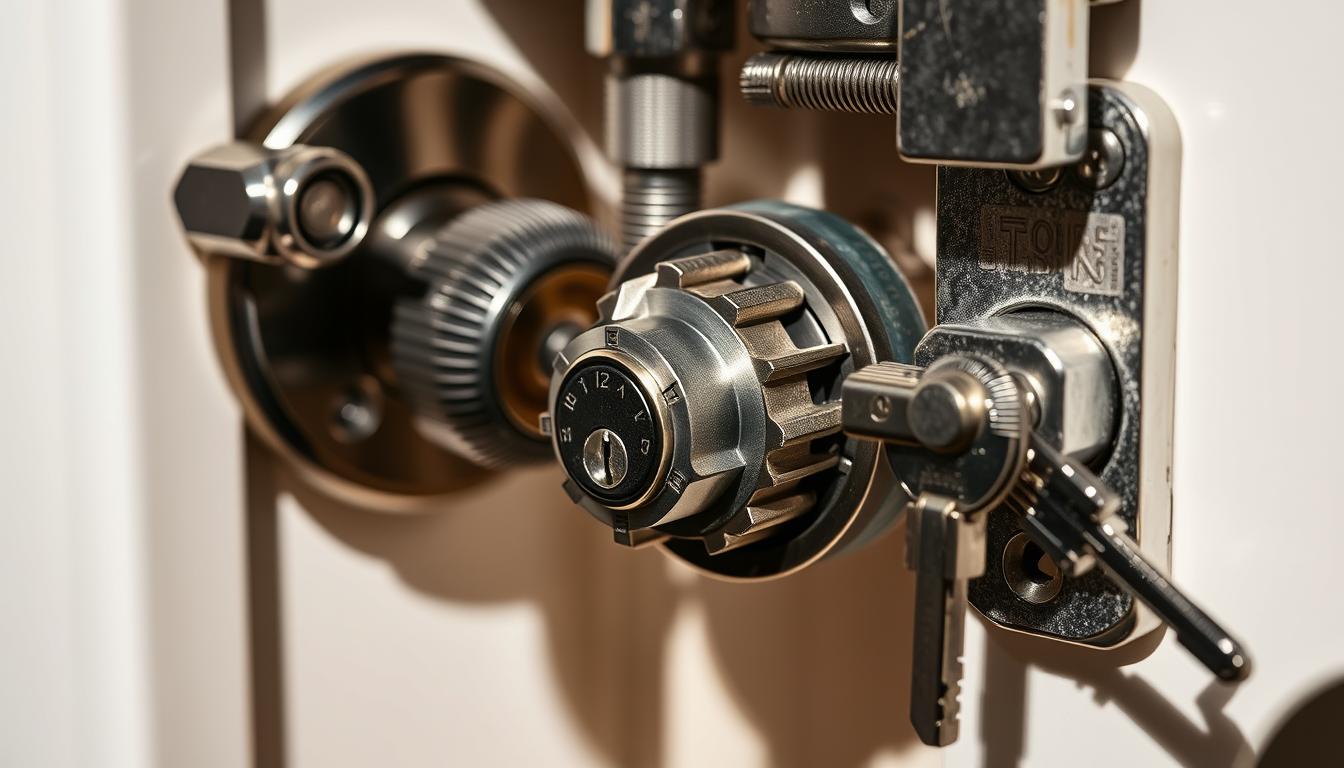
Share:
How to Hide Under Cabinet Lighting Wires - Installation Guide
How to Make Cherry Cabinets Look Modern | Kitchen Updates